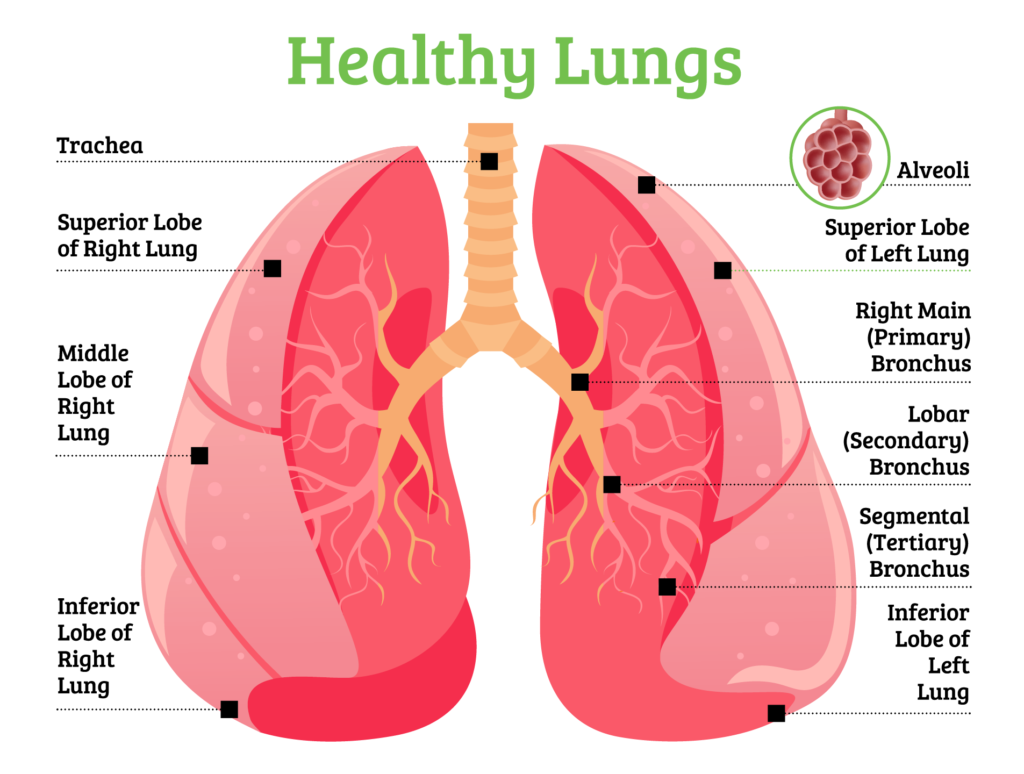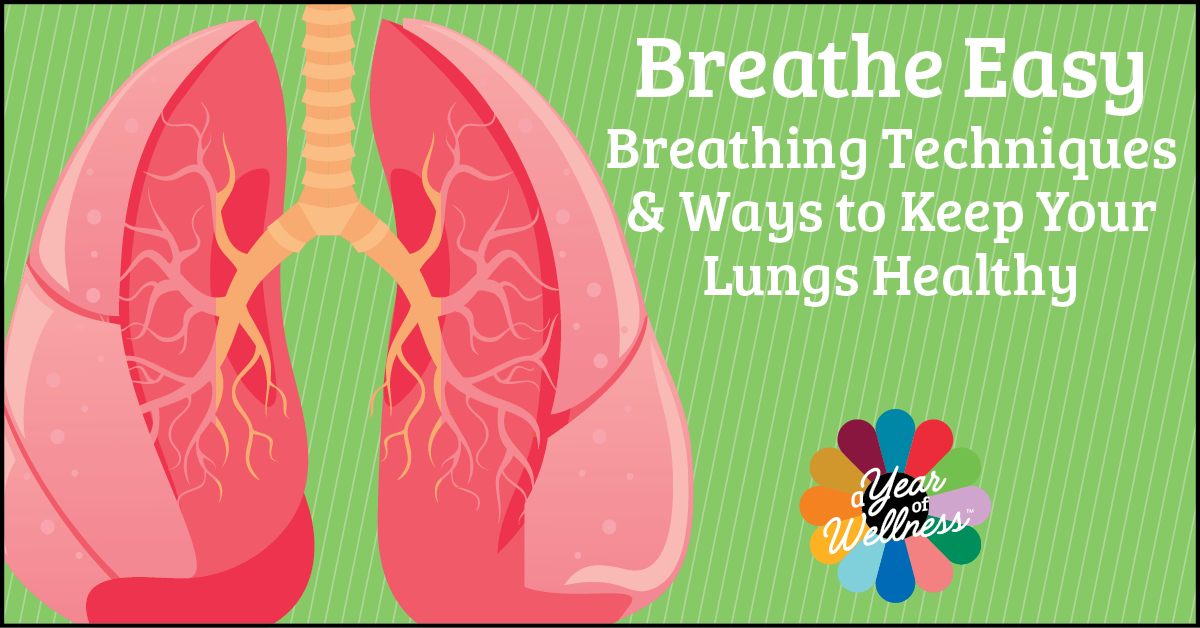Individuals with respiratory illnesses often take shallow breaths causing chest muscle weakness, reduced oxygen circulation, shortness of breath and fatigue. Effective pulmonary programs can increase quality of life and reduce unnecessary hospitalizations.

Three types of breathing exercises
- Pursed Lip Breathing: Helps to increase the length of expiration
a. Relax neck and shoulders
b. Breathe in for two counts through nose
c. Breathe out for three to four counts through pursed lips.
d. “Smell the roses, blow out the candles!
2. Deep Breathing: Helps to calm nerves and exercise the diaphragm
a. Inhale for 4 seconds
b. Hold for 4 seconds
c. Exhale for 4 seconds
d. Hold for 4 seconds
3. Diaphragmatic Breathing: Helps train the abdominal muscles to aid during exhalation to fully empty the lungs
a. Place one hand on your upper chest and the other just below the ribcage.
b. Breathe in slowly through your nose, so your stomach moves out against your hand. The hand on your chest should remain as still as possible.
c. Tighten your stomach muscles, letting them fall inward as you exhale through pursed lips.
Key Benefits of Breathing Properly:
• Endorphins, the body’s natural painkiller, are released
• Improved blood flow
• Improves posture
• Reduces inflammation
• Detoxifies the body by releasing toxic carbon dioxide
• Stimulates lymphatic system
• Improves digestion
• Relaxes the mind and body



